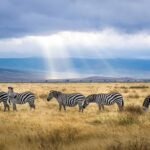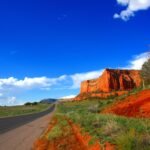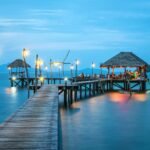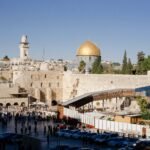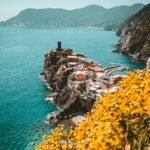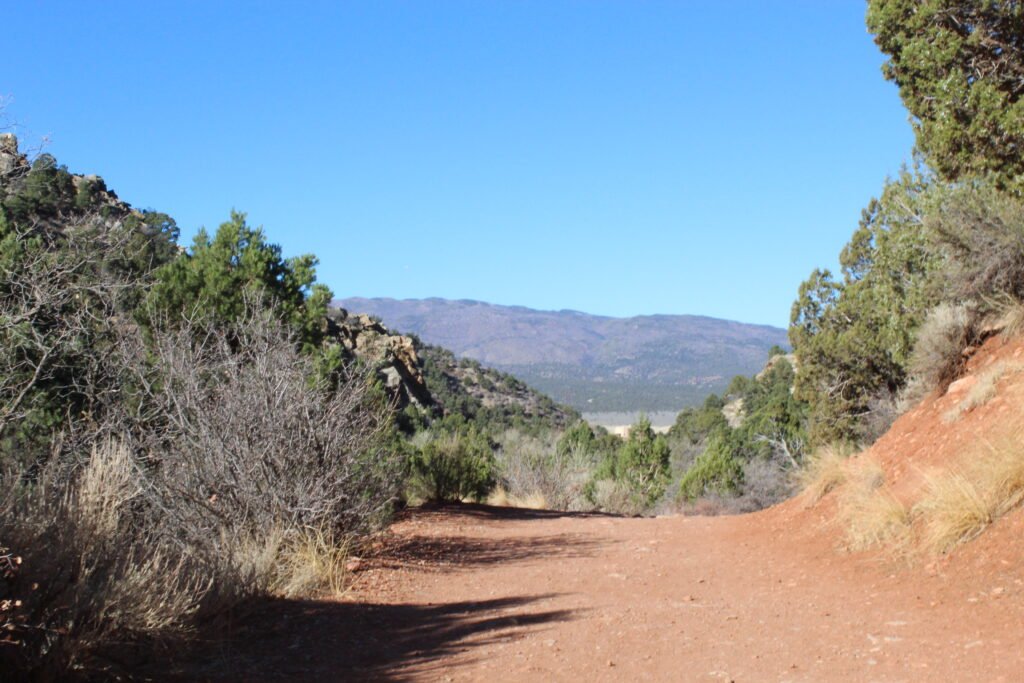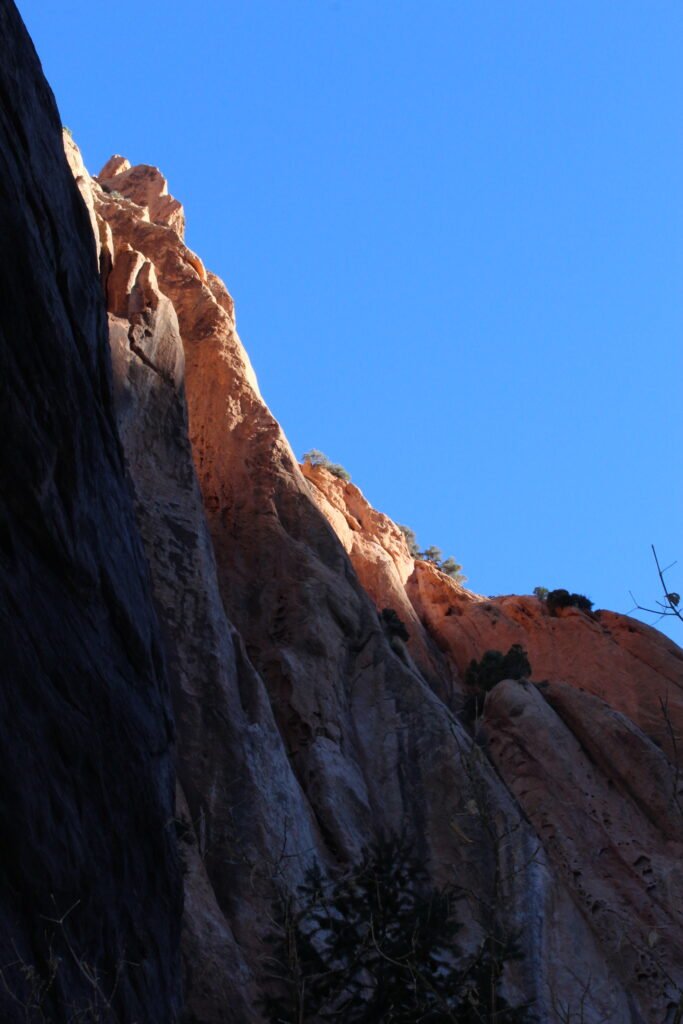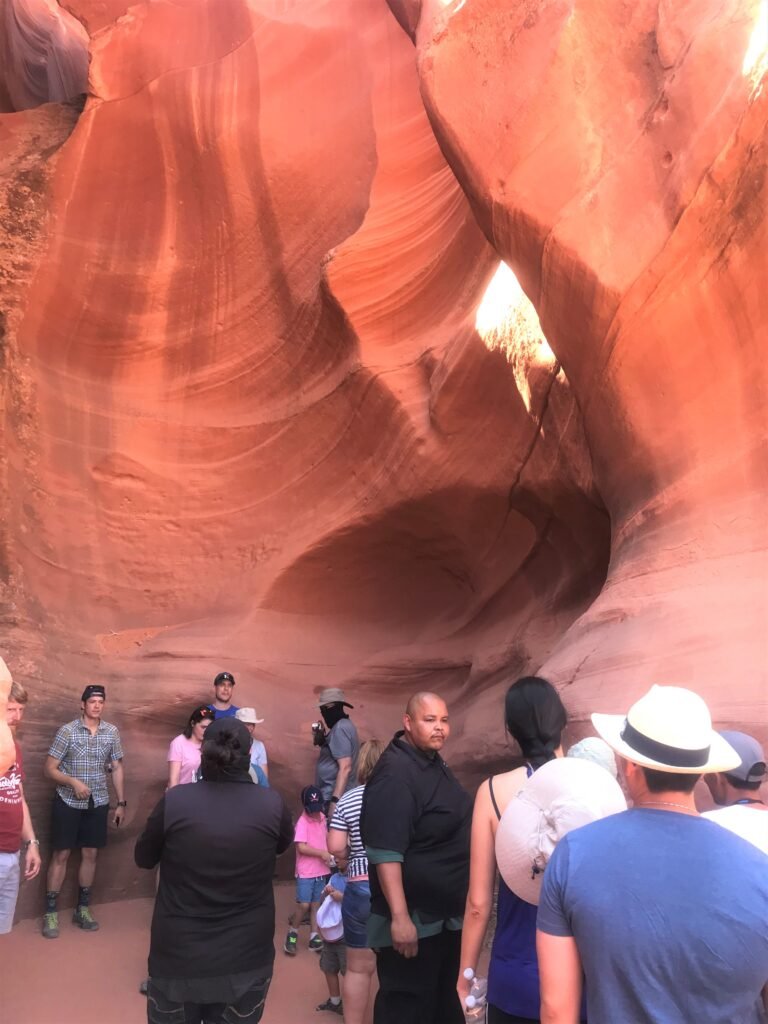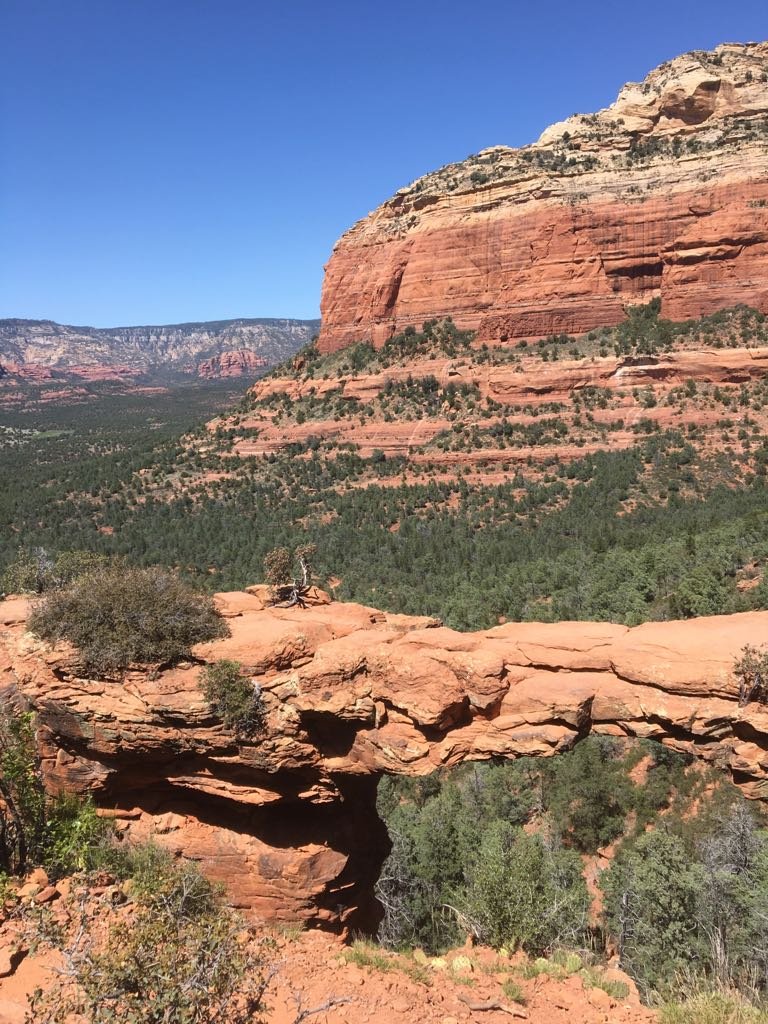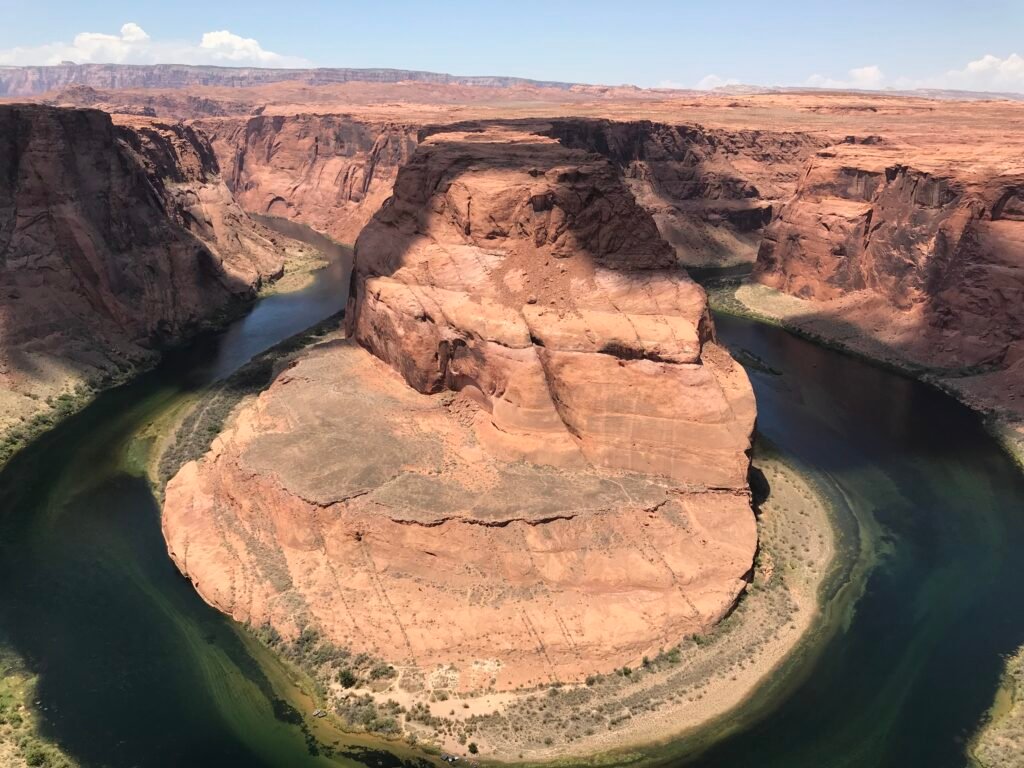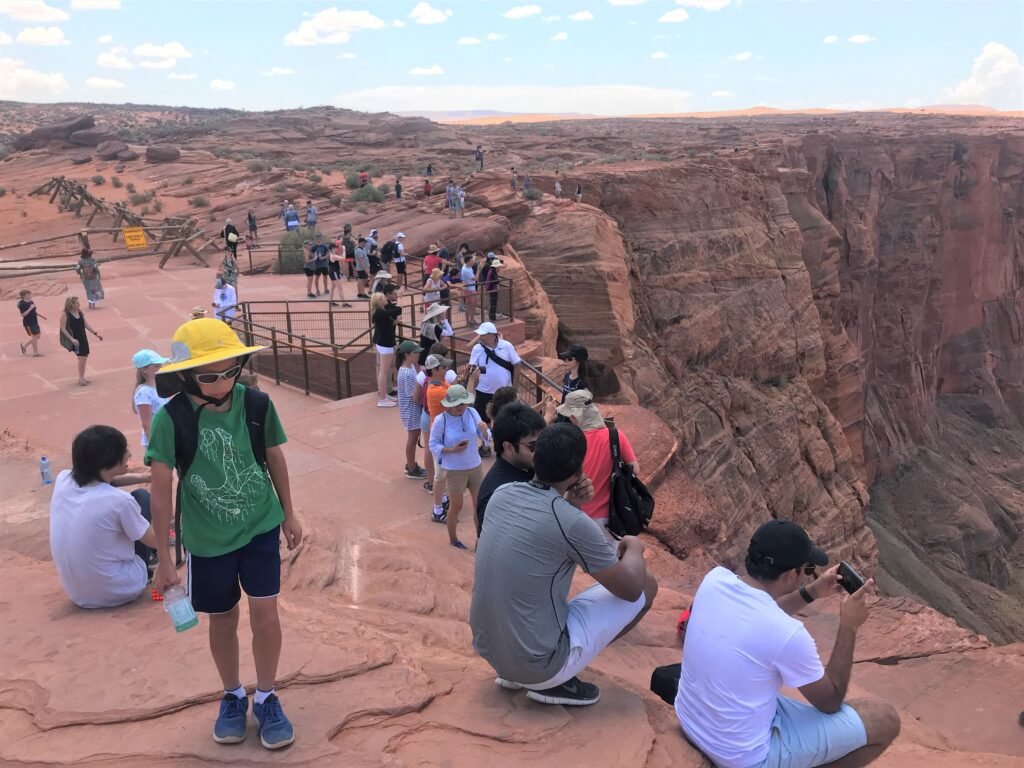I closed my eyes for a couple of minutes. All I could hear was the sound of the water flowing in the river. I was at a higher plane of tranquility, under a spell. The city noise was gone and this time it wasn’t my sleep machine or my YouTube audios for meditation.
It was real, and as soon I approached the mountains, the sound became more intense, as much as the birds tweeting while they were escorting me in this hiking. What a charming moment!
My friend and I were alone in the middle of this fascinating environment surrounded by big, red sandstones canyons and creeks. While our way narrowed, the view was becoming more stunning without the sun incandescence. It’s was the best time to recharge those energies.
This incredible connection with mother nature happened in Kanarra falls, near the Zion National Park, in Utah (Western US). The State is well known for its amazing rock formations resembling the surface of Mars.
How to get there?
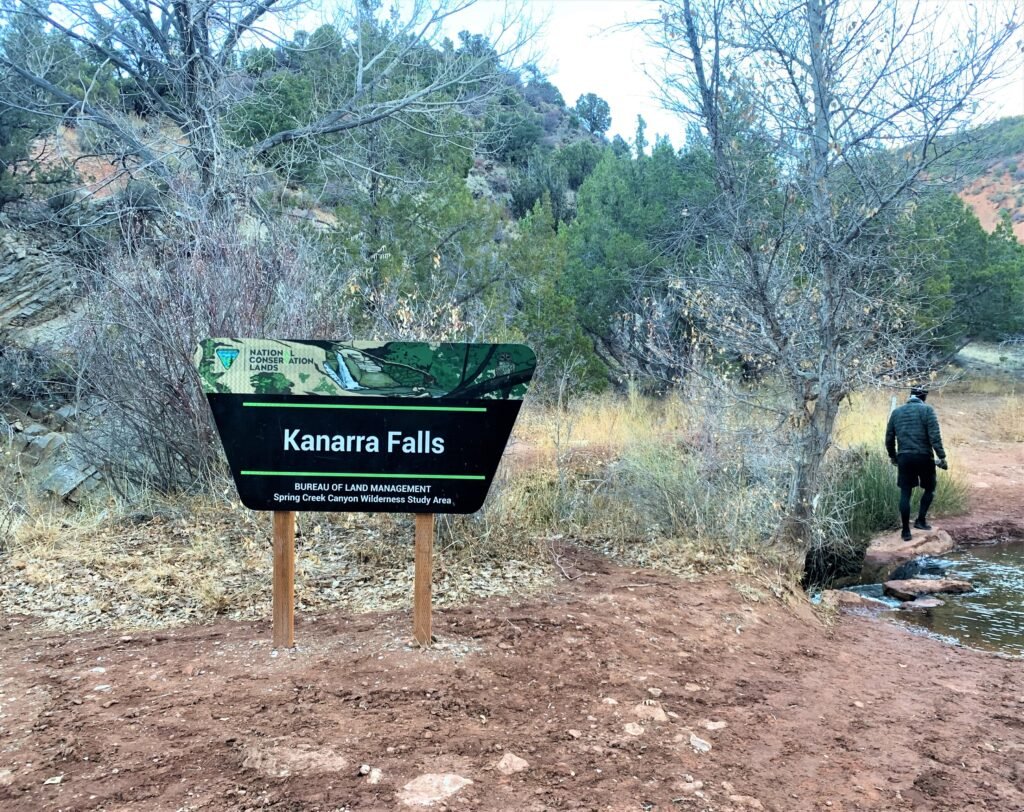
Kanarra Falls is becoming the new place for adventure seekers because of its short paths, the similarity with Antelope Canyon plus a creek, and the gorgeous and thoroughly photographed waterfalls. It’s the perfect route to add to your itinerary inside Utah National Parks.
November was ending, and my friend and I were driving cross-country from Los Angeles to New York City. That day, we left Las Vegas at 5am. After 2 hours and a half driving, we made a quick stop in Kanarra Falls, and without planning, took this adventure. And why not?
Driving from Las Vegas is one of the options to get there. Driving from Salt Lake City takes 4 hours and a half. But the easiest option is staying in St. George (1 hour away) or Cedar City, being the closest towns (15 minutes).
What to pack?
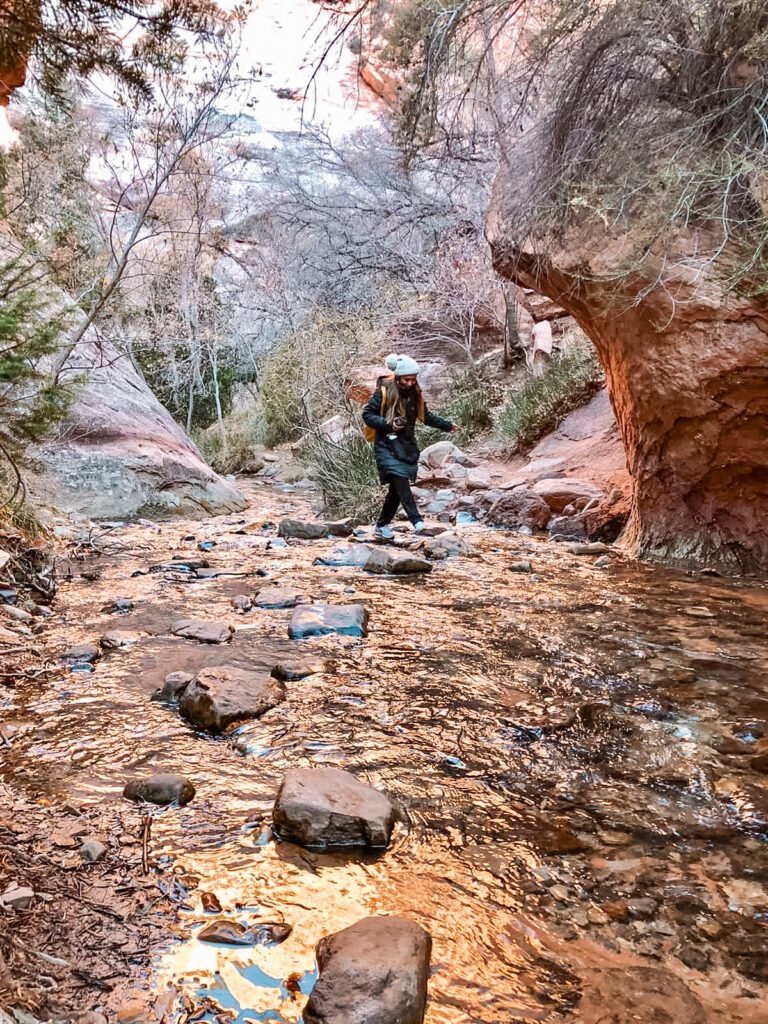
Waterproof shoes or waterproof hiking boots with wool socks are highly recommended. Especially in Fall and Spring when the water is frozen, and the last point of the route is through the creek.
I decided to take this trip on a whim, without considering my outfit. Big mistake! My friend had the proper shoes. Instead, I wore white sneakers (that ended up all muddy.) and as much as I grabbed the riverbanks or skipped from rock to rock, at some points there wasn’t any other option than to cross through the cold river at some spots.
In any case, the water never got deeper than the ankle height until the first waterfall.
Also, it’s important to pack a drybag, a water bottle, and sunblock. The trekking poles are optional for balance.
The trail
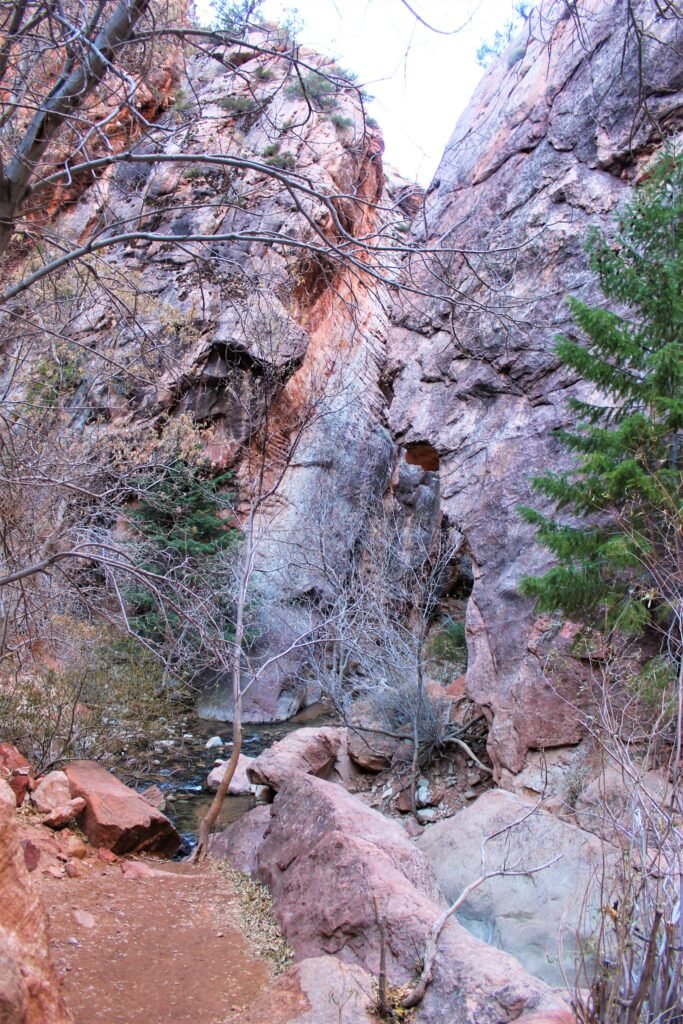
Kanarra Falls is a moderate and short walk. Ideal for families. It takes 2 hours –out and back- until the first waterfall (the one with best view) and up to 3 hours to the third one.
The first part of the trail is flat, then with a little bit of climbing and some jumping between rocks. There are not trail signs but, it’s not complicated to see and follow the path.
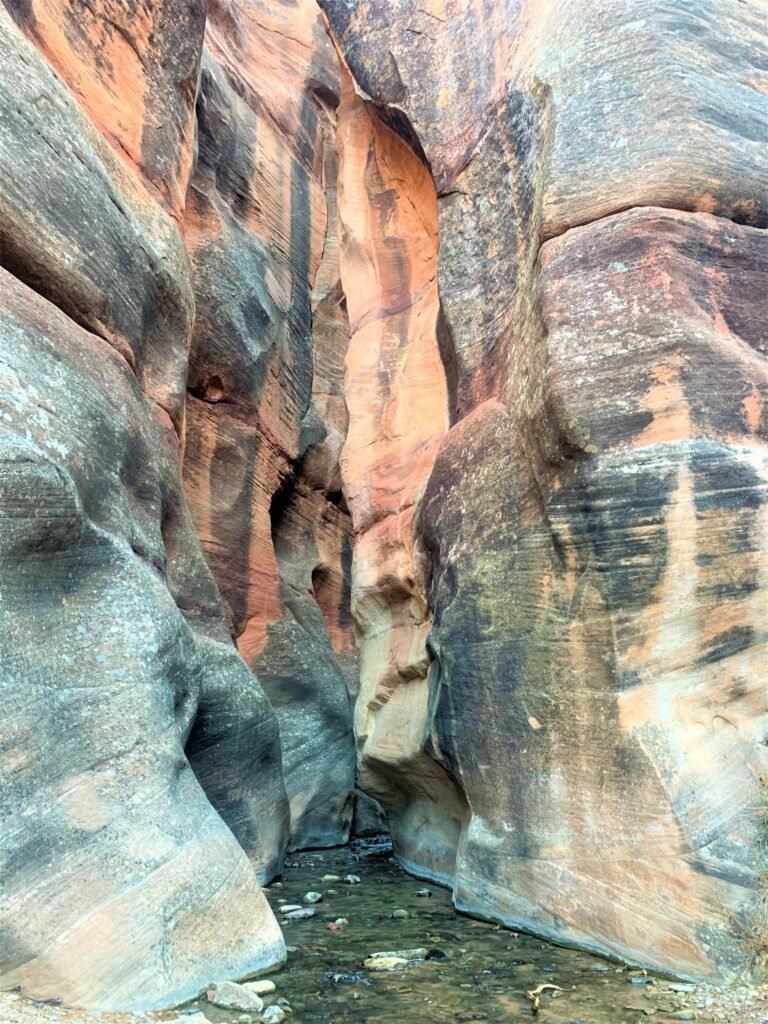
Once we entered the Slot canyon, it just took my breath away. The dramatic natural carvings, the rich and striking colors, as well as the marvelous light beams bouncing and reflecting off the towering stone walls were mesmerizing.
Inside the canyon, the waterfall, a metal ladder, and a tree trunk were the perfect frame for our first stop in Kanarra Falls. This was my Instagram’s moment. After the climb, comes the way to the other two waterfalls.
Once again, my inadequate shoes didn’t allow me to go forward. The ladder was too slippery, and the rope was deteriorated, so I didn’t want to take the risk of falling. Lesson learned!
Nevertheless, I took some time to enjoy, connect and appreciate as much as I could from this amazing sight while my friend went forward first.
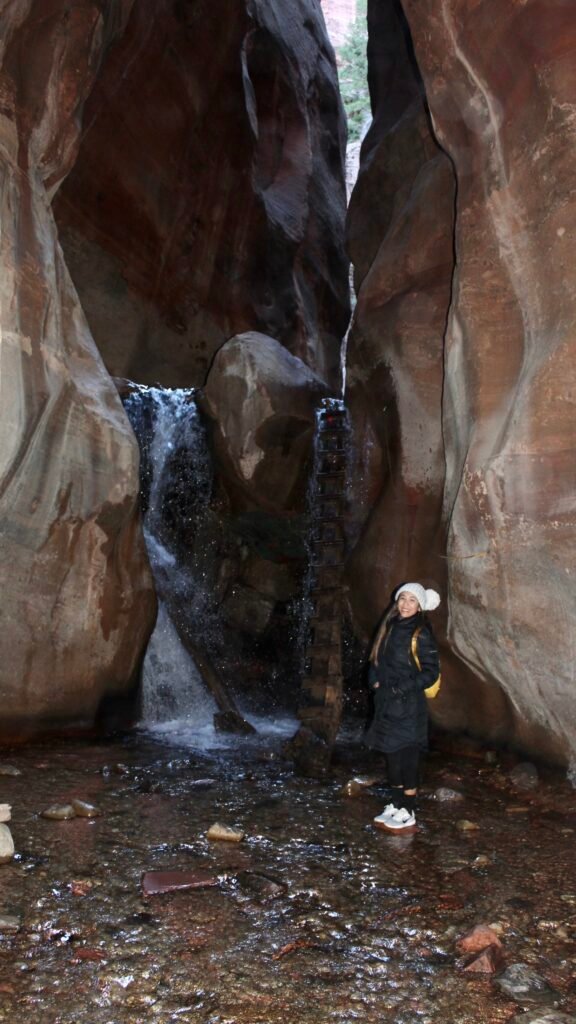
Quick facts:
· The ticket cost 12 USD per person with parking included.
· Only 150 persons are allowed to enter per day. I recommended you to buy it before on their website www.kanarrafalls.com
· Pets are not allowed on the trail and it’s also not intended for kids under 6 years old.
· The best seasons are the Spring and Fall.
· There is a restroom just a bit after the trail begins, and at the parking lot.
